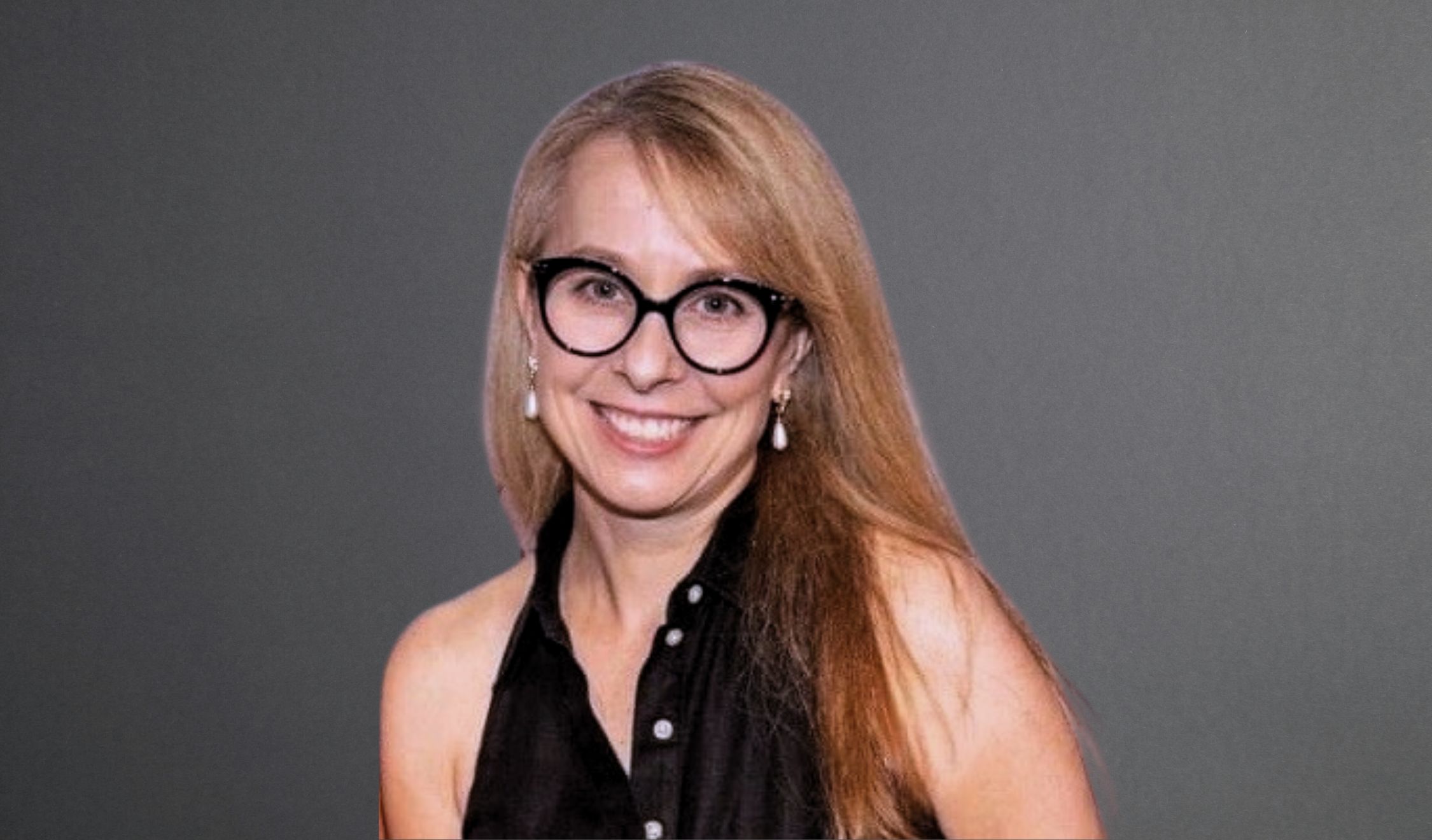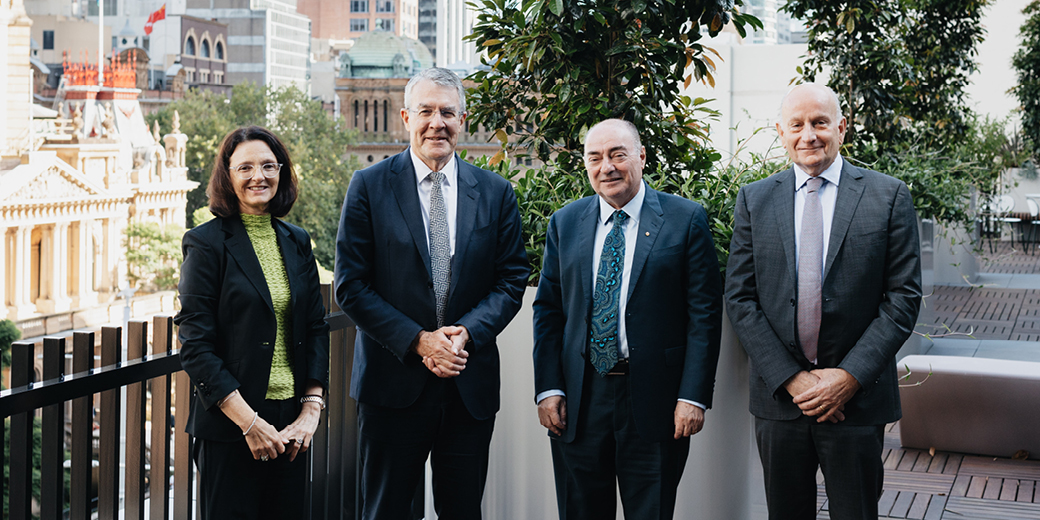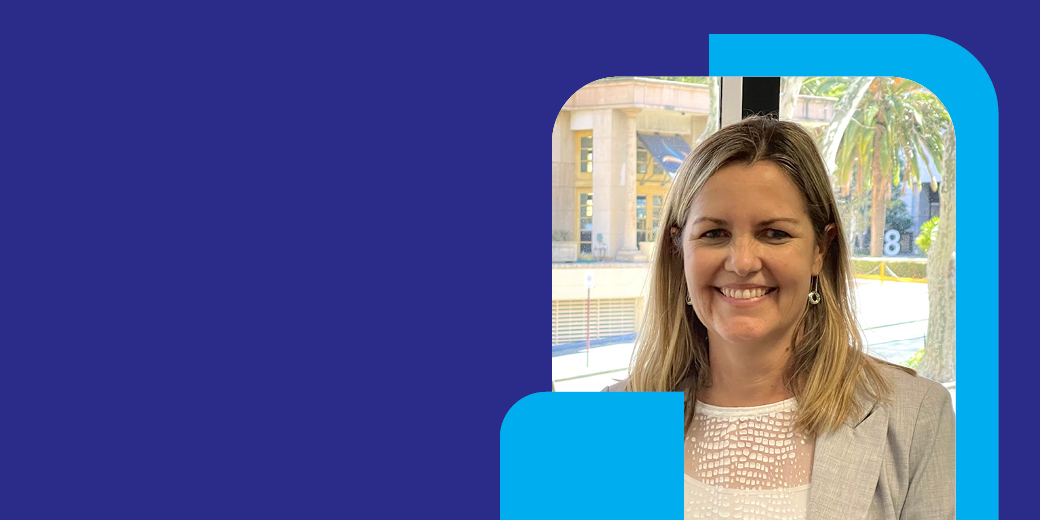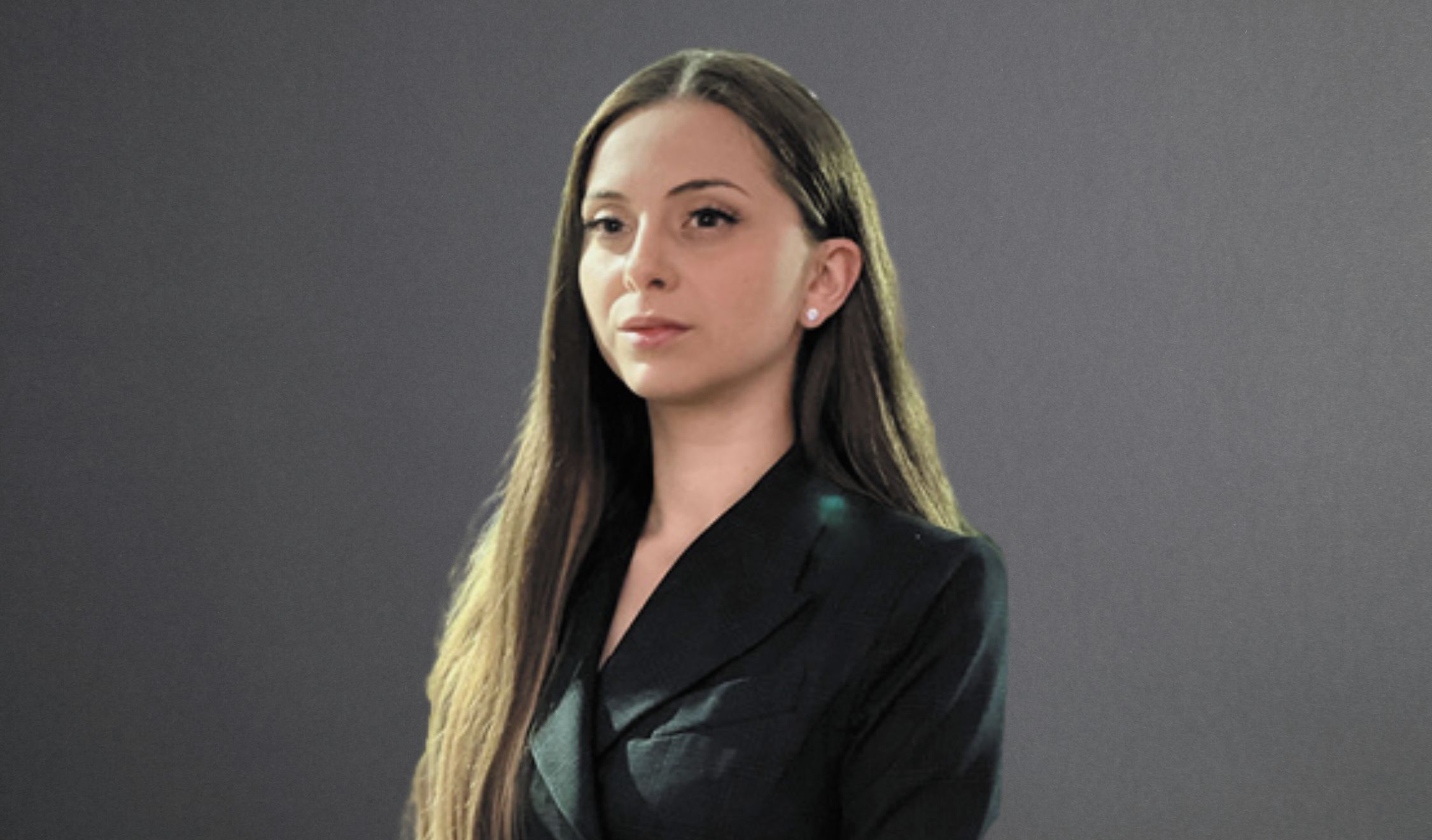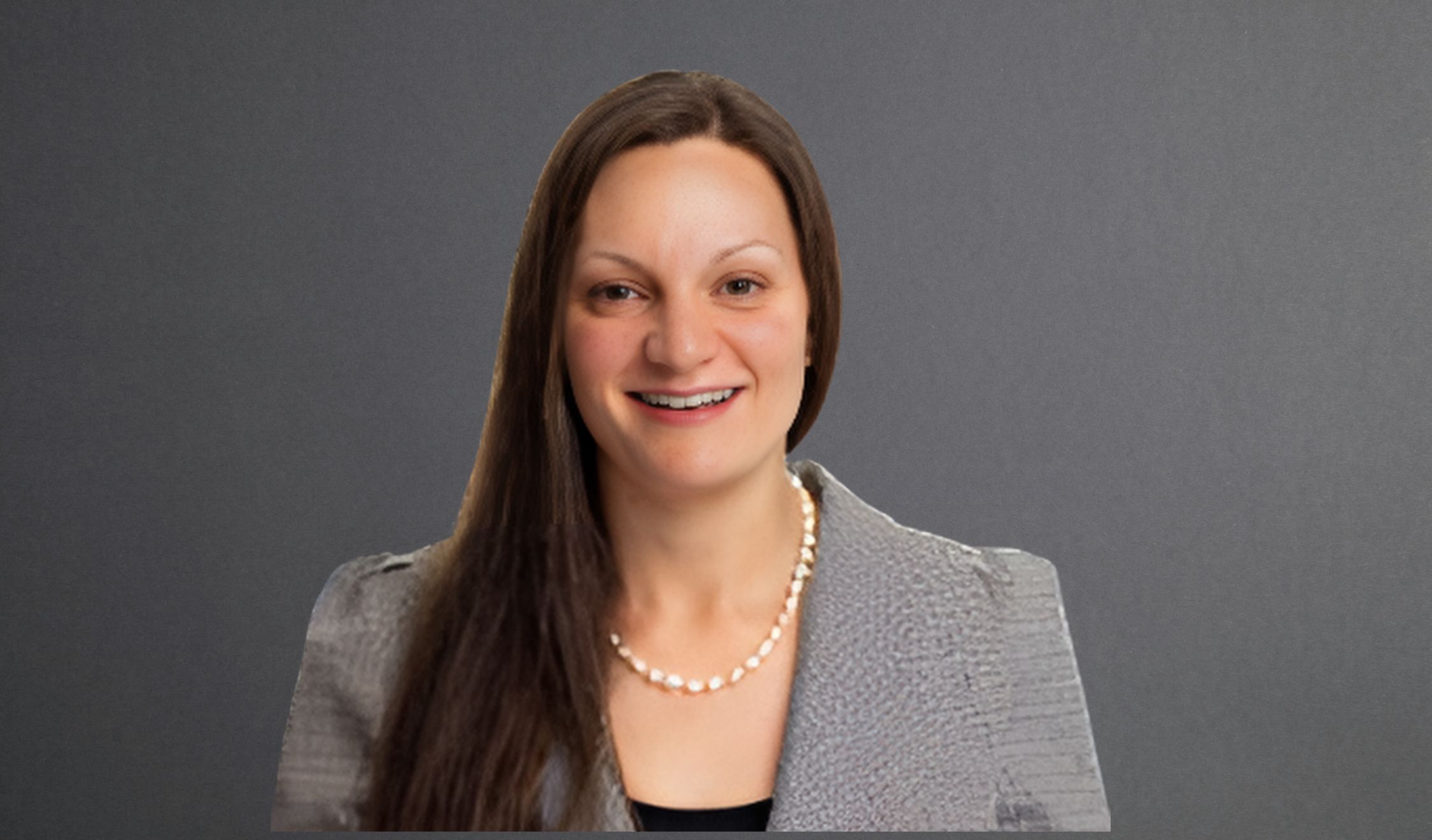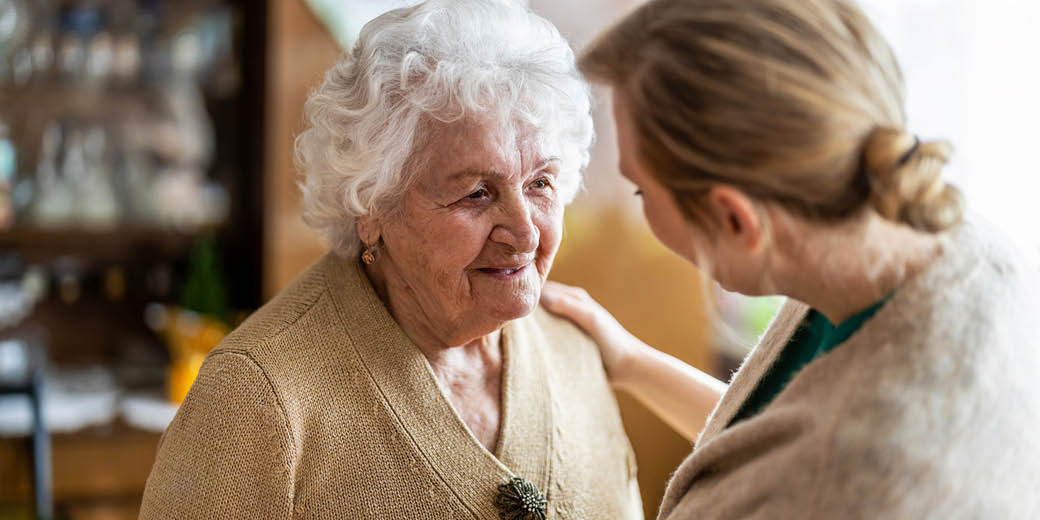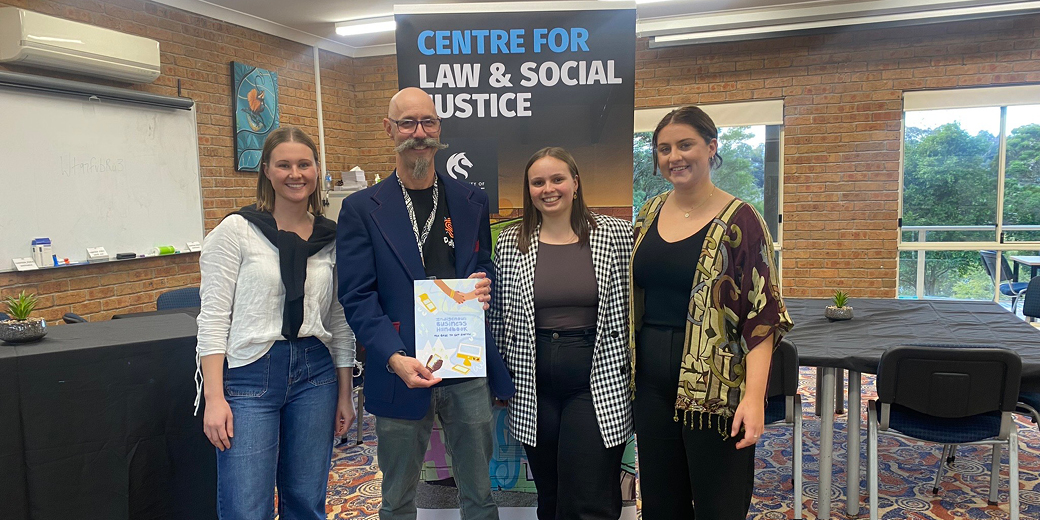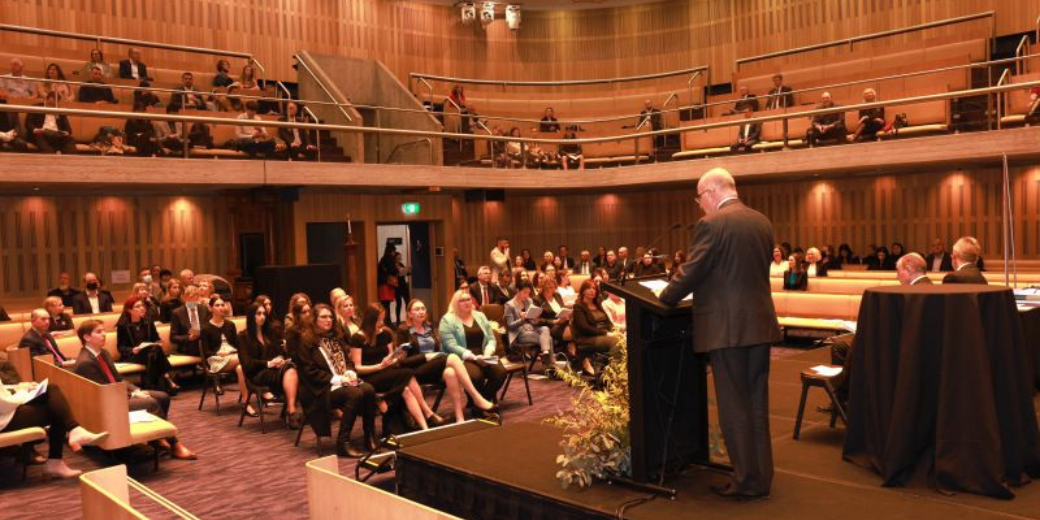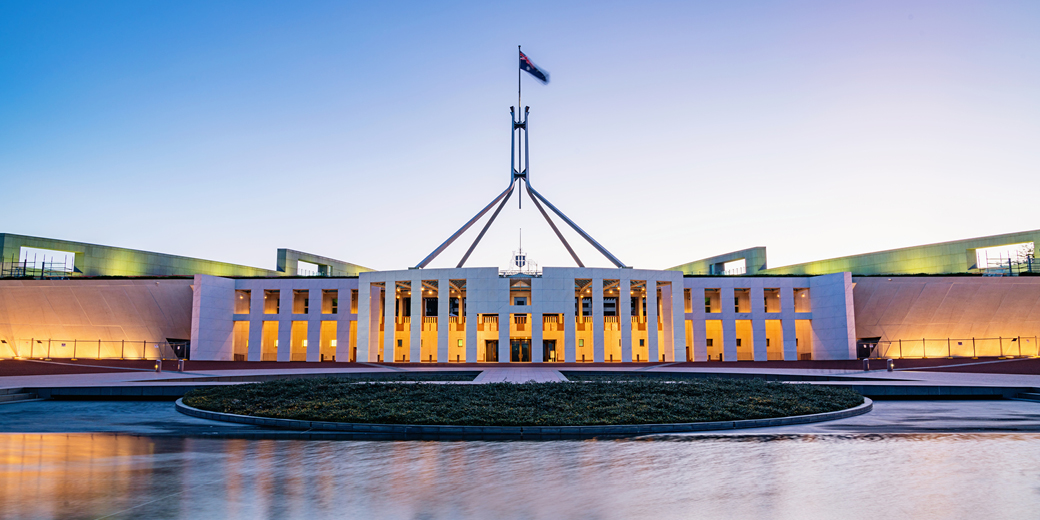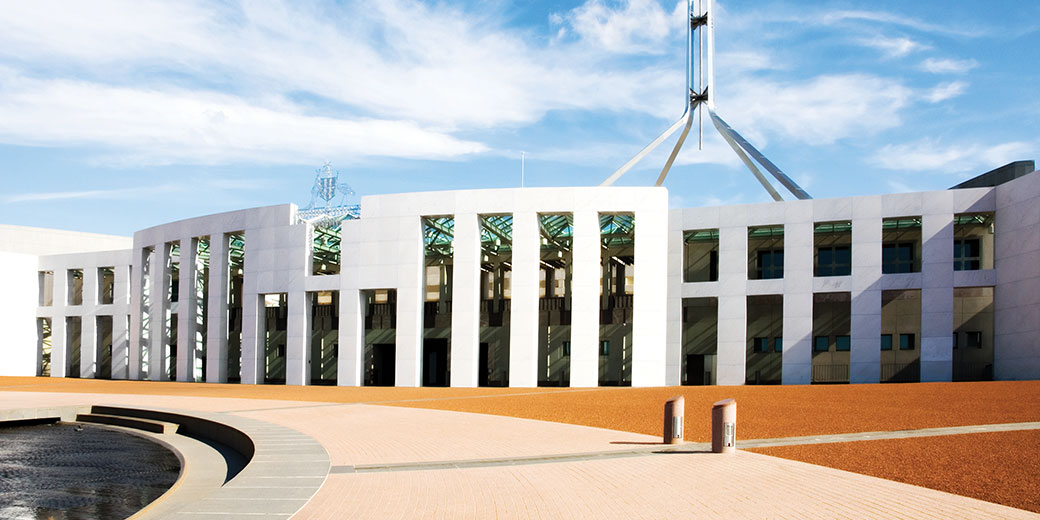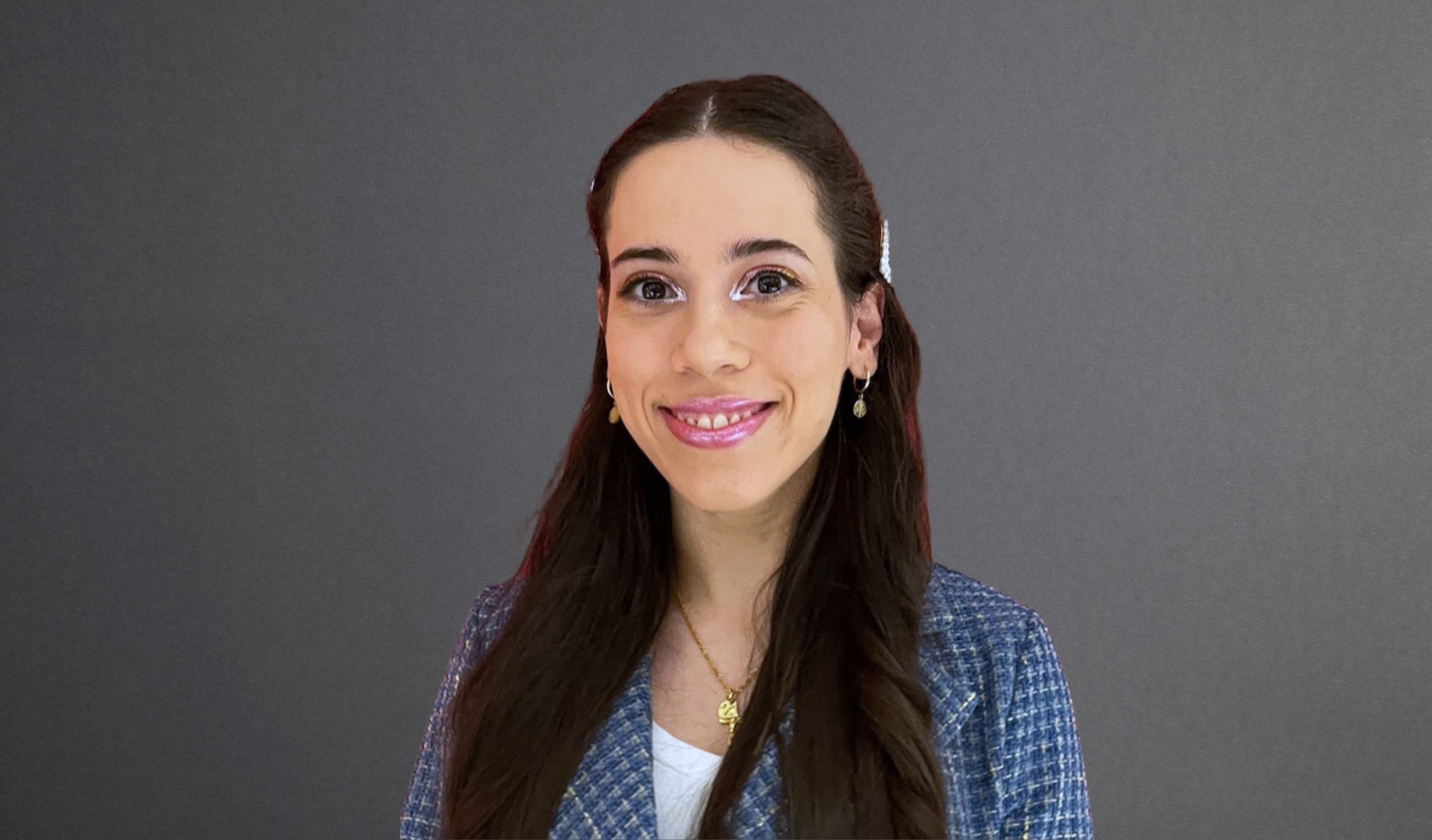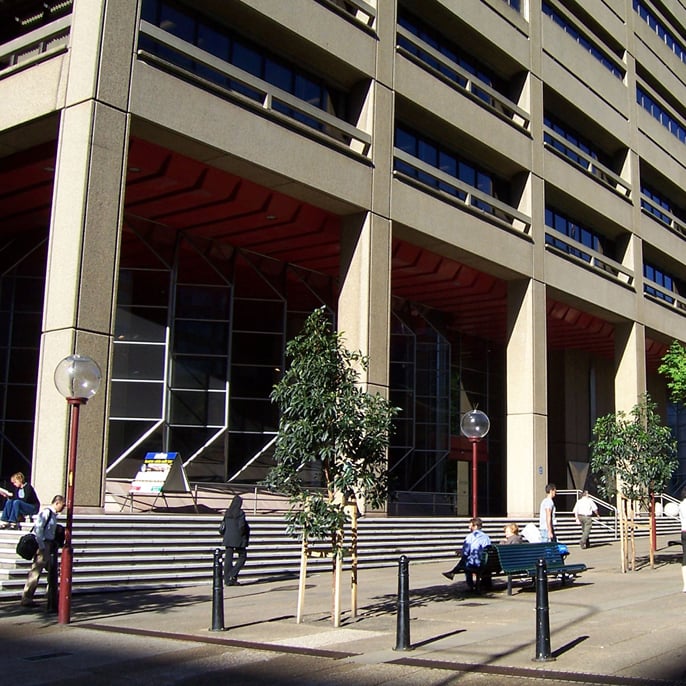Linda Kochanski AM is a key figure in the transition from the National Mediator Accreditation System (NMAS) to the new Australian Mediator and Dispute Resolution Accreditation Standards (AMDRAS), having received an Order of Australia in recognition of her significant contributions to dispute resolution and education. In this exclusive interview, Linda Kochanski sheds light on these national changes.
We also hear from Jeffrey Roth, Head of Short Courses at the College of Law, about the new Lawyer Mediation Accreditation (LMA) Scheme recently announced by the Law Society of NSW.
The transition to AMDRAS introduces three distinct levels of accreditation - Accredited Mediator, Advanced Mediator, and Leading Mediator, while the introduction of the LMA Scheme in NSW gives lawyers who are mediators the opportunity to be accredited under a new and entirely separate accreditation scheme that is calibrated specifically for lawyer mediators.
These industry-wide changes are aimed at enhancing the expertise and professionalism of mediators across Australia. Read on for detailed insights into the changes, their benefits, and the implications for lawyers and ADR practitioners.
What are the key changes in the NMAS to AMDRAS transition?
One of the key changes behind the NMAS to AMDRAS transition is the introduction of a multi-tiered system of accreditation. Linda was instrumental in introducing these changes as a member of the AMDRAS Board.
“Mediators wanted to be known as an emerging profession, which required appropriate standards,” Linda explains. “A key element of this was examining how training reflected the kind of work involved.”
Mediators sought a career path that could be recognised in a similar way to law.
“This is why recognition of expertise was introduced, and levels of mediators. The AMDRAS transition recognised mediation as a profession, with standards to match,” Linda says.
Benefits of a multi-tiered accreditation system under AMDRAS: Accredited Mediator, Advanced Mediator and Leading Mediator
Under the NMAS system, everyone who undertakes training becomes an accredited mediator.
The new AMDRAS system introduces three tiers of accreditation: Accredited Mediator, Advanced Mediator, and Leading Mediator.
“Everyone can become an accredited mediator by completing the course,” Linda confirms. “Then we have advanced mediators, and leading mediators, who are mentors in the profession.”
Advanced Mediator has a certain level of experience.
“They have completed 150 hours of mediation, kept up with all their CPD, and also complete an extra course called the practicum certificate. This is a workshop that the participants lead to show their understanding of cases and how they work with them. It’s a bit like the interview and preparation involved in a specialist accreditation course,” Linda outlines.
“The advantage of becoming an advanced mediator is being able to demonstrate your experience, especially if a client has a complex matter or a matter in a specific field, like advanced commercial mediation.”
The final tier is Leading Mediator. In addition to bringing a breadth and depth of mediation experience, leading mediators give back to the mediation community.
“Leading mediators have to be mentors,” Linda says. “What’s been missing is mentoring. Leading mediators help young mediators come in and through the profession by mentoring them.”
Introducing a multi-tiered approach to accreditation is the reason why NMAS has transitioned to AMDRAS.
“AMDRAS is mediation and dispute resolution,” Linda says. “We’ve recognised that we have evolved, and while mediation may be our core, we also have conciliators, people who do restorative justice and elder mediation, and FDRPs.
“Under AMDRAS, we have the opportunity to set professionals up for recognition of expertise. For example, you could become an advanced mediator as well as a specialist in conciliation. This is the kind of career path AMDRAS can offer.”
What is the Lawyer Mediator Accreditation Scheme?
The Lawyer Mediator Accreditation (LMA) Scheme is a new accreditation scheme and set of practice standards developed by the Law Society of NSW specifically for lawyer-mediators and which is entirely independent of AMDRAS or any other accreditation scheme.
“The LMA Scheme gives mediators who are lawyers the opportunity to be accredited as ‘lawyer mediators’ in NSW, provided that they meet the requirements,” Jeffrey explains. “The Scheme recognises that lawyer mediators, as distinct from mediators with different professional backgrounds, have specific expertise in legal practice and dispute resolution and are subject to rigorous professional standards enforceable under the Legal Profession Uniform Law."
Obtaining AMDRAS and LMA Scheme accreditation: Coursework and Opportunities
Given that the College of Law is one of the leading providers of accredited mediator training in the country and has been for many years, students are well-positioned to benefit from the College’s training programs. Our programs are being aligned to the new AMDRAS framework during the transition period from NMAS to AMDRAS, and they also meet the training requirements under the LMA Scheme.
"We've strengthened the College of Law courses significantly,” Linda says. “They will now be 45-hour courses, and the College is committed to making them highly innovative. While we'll still have face-to-face components, we'll also incorporate a lot of the College's interactive modules. These modules are designed for professional development (CPD) and provide a more engaging learning experience."
“I personally envision a structure where we have a good 45 to 48 hours of course material, combining online components with live sessions,” Linda explains. “We'll incorporate interactive elements beforehand to prepare participants and reflective activities afterward. This approach will offer participants greater value, as they'll receive a more comprehensive understanding of the theoretical frameworks and ethical considerations within their professional domains.”
The College of Law is also changing its assessments in line with AMDRAS.
“Instead of a 1.5-hour assessment, we'll now have 2-hour oral simulations and a 1,200-word paper,” Linda says. “This aligns with our commitment to quality programs and ensures that participants are not simply completing a superficial requirement.”
AMDRAS will be responsible for maintaining high standards throughout the program.
“The College of Law is well-equipped to deliver these enhanced courses, as we have the necessary infrastructure in place. Our online learning platform, Canvas, provides a robust environment for interactive learning and our two lead instructors are highly experienced,” Linda says. “One is my good self, and the other is Bianca Keys, Former Chair and Director of the Standards Board.”
The College of Law’s Nationally Accredited Mediator Training Program is also recognised under the Law Society of NSW’s LMA Scheme.
“Given the College’s position as a leading educator of both legal practitioners and mediators nationally, our course is ideal for lawyers who are wanting to become mediators and be accredited under the AMDRAS and/or the LMA Scheme in NSW,” Jeffrey explains.
What are the benefits of these changes ?
The chief benefit of the AMDRAS changes are the career pathways a profession can open. For those who want to progress, there is an opportunity under AMDRAS to pursue a career reflecting multiple tiers of experience and expertise.
"It gives people who want to go into mediation an opportunity to choose their path a little bit more,” Linda says. “If you just want to stay as an accredited mediator, you need fewer practice hours to reaccredit. This makes it easier for a lawyer who is adding mediation to their legal practice."
“I encourage mediators to visit the new AMDRAS site and understand the changes and their community.”
For mediators who are lawyers in NSW, the LMA Scheme provides a new opportunity for accreditation by the Law Society to the benefit of both lawyer-mediators and consumers.
“The LMA Scheme provides an opportunity for lawyer mediators in NSW to be recognised for their professional expertise. It will assist consumers to more easily identify and choose lawyer mediators to help them resolve disputes,” Jeffrey says.












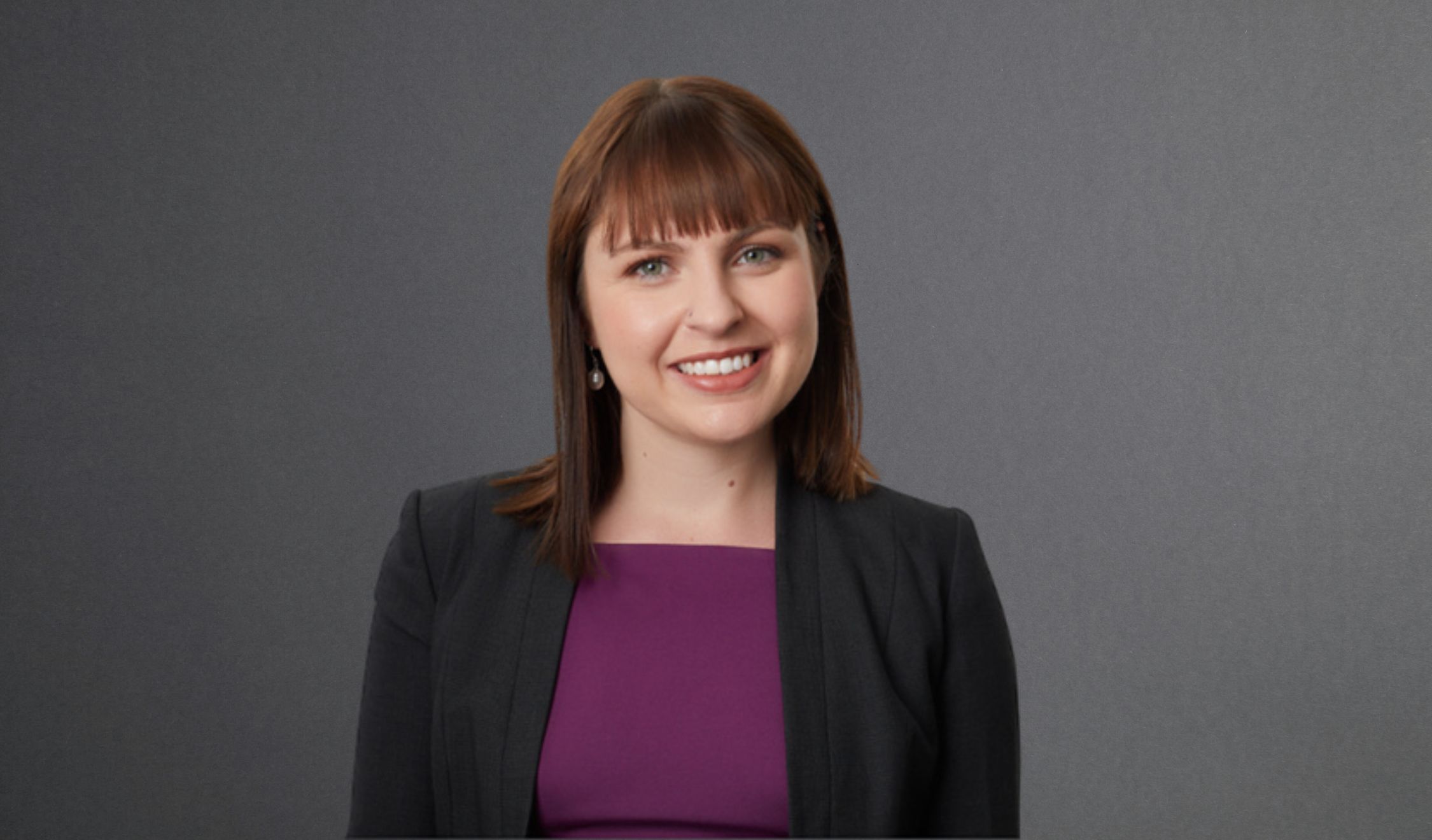
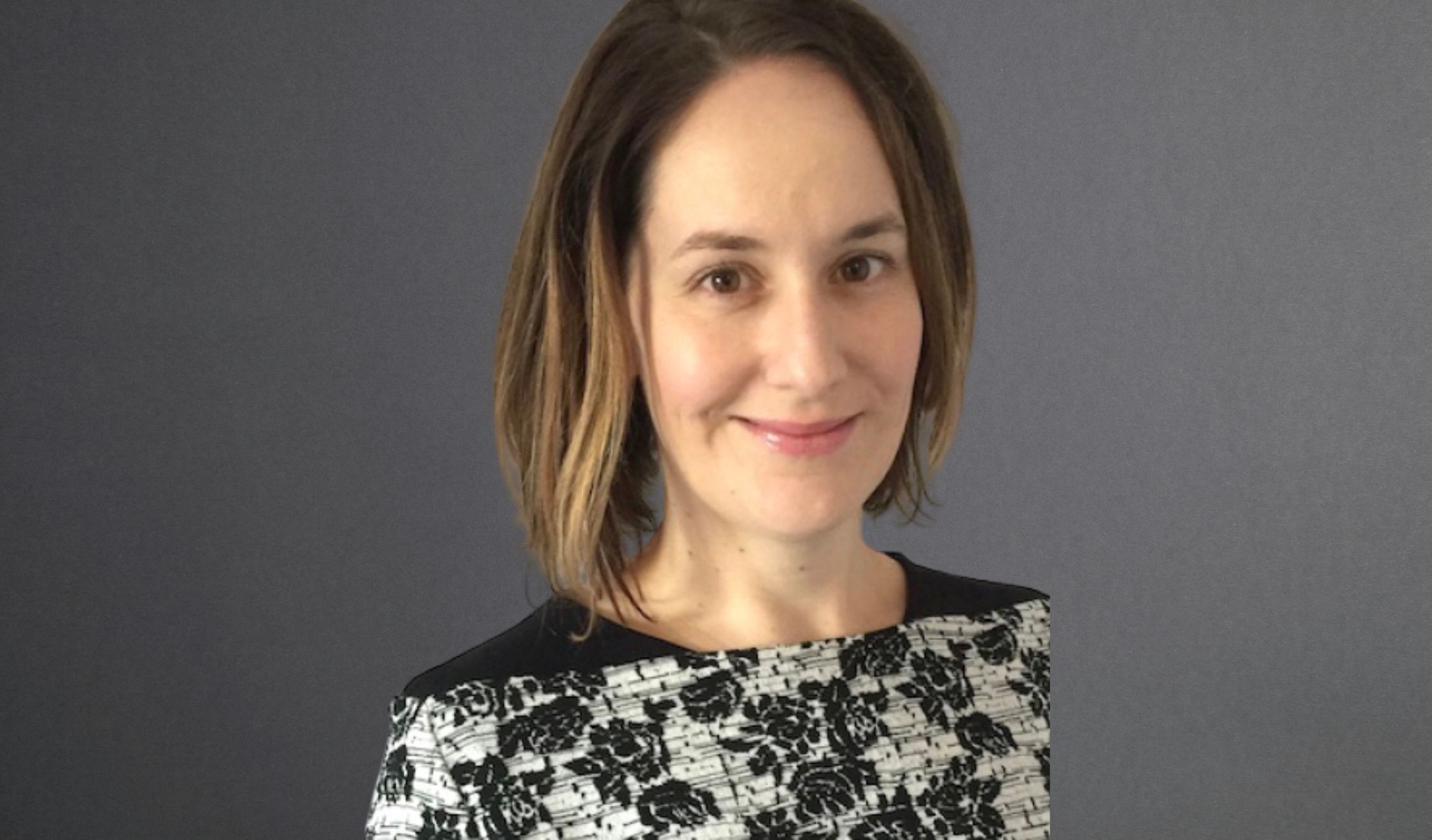











![How to handle Direct Speech after Gan v Xie [2023] NSWCA 163](https://images4.cmp.optimizely.com/assets/Lawyer+Up+direct+speech+in+drafting+NSW+legislation+OCT232.jpg/Zz1hNDU4YzQyMjQzNzkxMWVmYjFlNGY2ODk3ZWMxNzE0Mw==)




